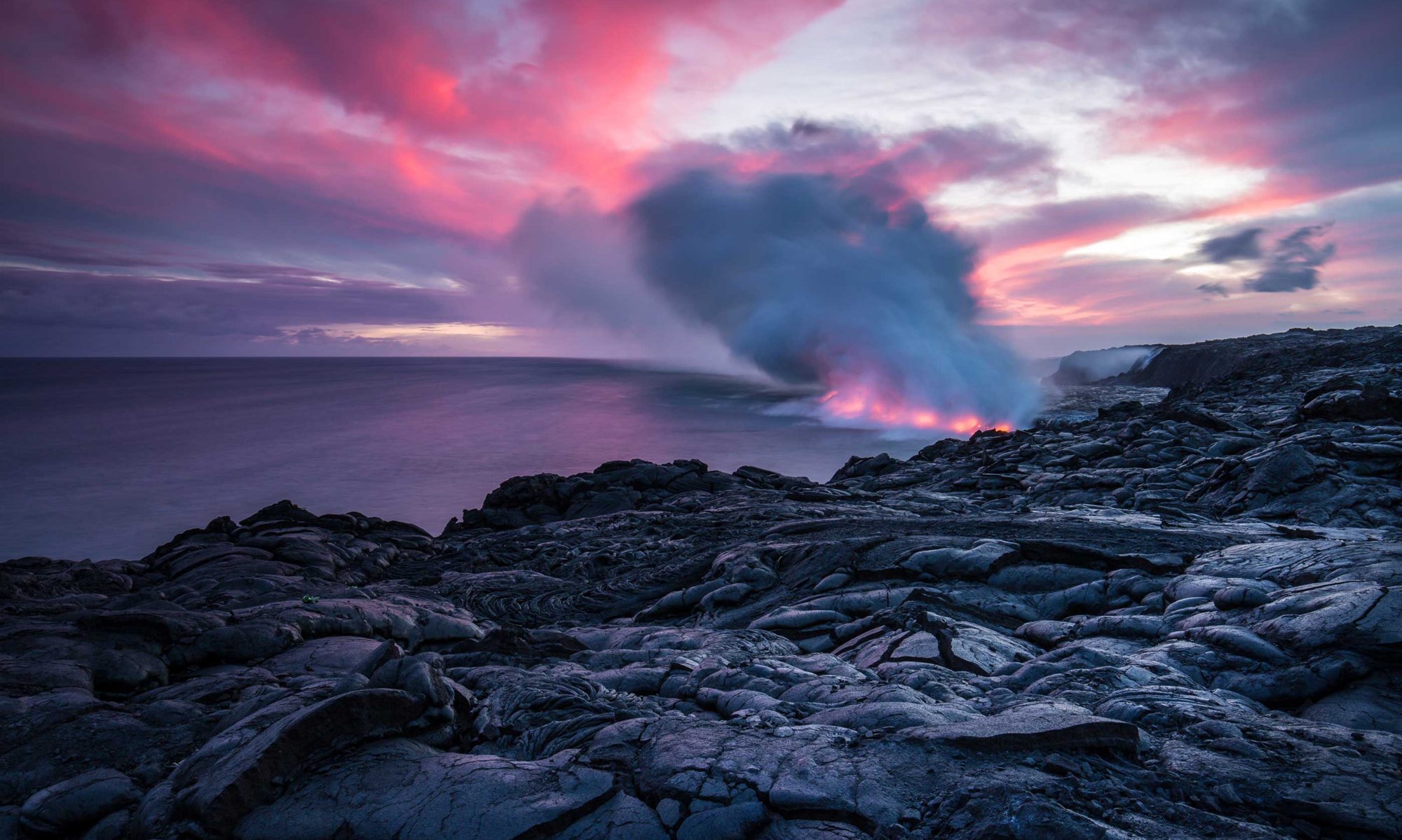The Great Pacific Garbage Patch (GPGP) is often depicted as towering mounds of trash floating atop the ocean. However, these visuals are misleading. The reality is more subtle and insidious—what exists in the GPGP is not a visible island of debris but a vast “soup of microplastics” dispersed throughout the water column. While dramatic imagery captures public attention, it obscures the truth about the GPGP’s composition, its formation, and the threat it poses to marine ecosystems.
Bruno Sainte-Rose, a lead computational monitor at The Ocean Cleanup, describes his journey to the Great Pacific Garbage Patch as a gradual transition into a plastic-dominated seascape. Departing from British Columbia, he notes that after about three and a half days of sailing southwest, signs of marine debris become more frequent. Instead of towering garbage piles, travelers encounter scattered plastics and large clumps of ghost nets—abandoned fishing gear that contributes significantly to the problem. The Ocean Cleanup estimates that 86% of the GPGP’s plastic comes from fishing-related activities.
This phenomenon isn’t new. Reports of floating debris in the North Pacific date back to the 1970s. What makes the GPGP unique is its isolation—it’s often closer to the International Space Station than to human civilization. The region is shaped by the North Pacific Gyre, a system of slow-moving ocean currents that trap floating materials in a slowly rotating vortex. These gyres concentrate debris into two major zones: the Western Garbage Patch near Japan and the Eastern Garbage Patch between California and Hawaii. While debris can shift between these areas, the currents effectively prevent escape.
Despite its name, the Great Pacific Garbage Patch is not a dense clump of trash. NOAA emphasizes that the term “patch” is misleading. Instead of a surface layer of refuse, the debris is spread throughout the water column, making it challenging to measure and clean. Yet, efforts to remove it continue. In 2024 alone, The Ocean Cleanup removed 11.5 million kilograms of plastic from the world’s oceans and rivers. They estimate that for $7.5 billion, the GPGP could be cleaned within a decade.
Still, cleanup efforts remain controversial. The Ocean Cleanup uses net systems to collect floating plastics, particularly larger items. However, over 90% of the plastic in the GPGP is composed of microplastics—particles less than 5 mm in size. As these nets drag in debris, they can also disrupt delicate marine ecosystems by removing microorganisms and small marine life that cling to the plastic. Marine microbiologist Sonja Oberbeckmann notes that many of these microbes are thriving on plastic, creating a complex new “plastic ecosystem.” Some of the organisms found on the plastic are invasive species, raising additional ecological concerns.
Recognizing that prevention is often more effective than cure, The Ocean Cleanup also installs dredge systems in polluted rivers to intercept plastic before it reaches the ocean. While local governments are more inclined to support these visible and lower-cost interventions, securing funding to clean the remote Great Pacific Garbage Patch remains a tougher challenge. As Sainte-Rose puts it, “It’s everyone’s and no one’s problem.”
https://www.popsci.com/environment/great-pacific-garbage-patch

